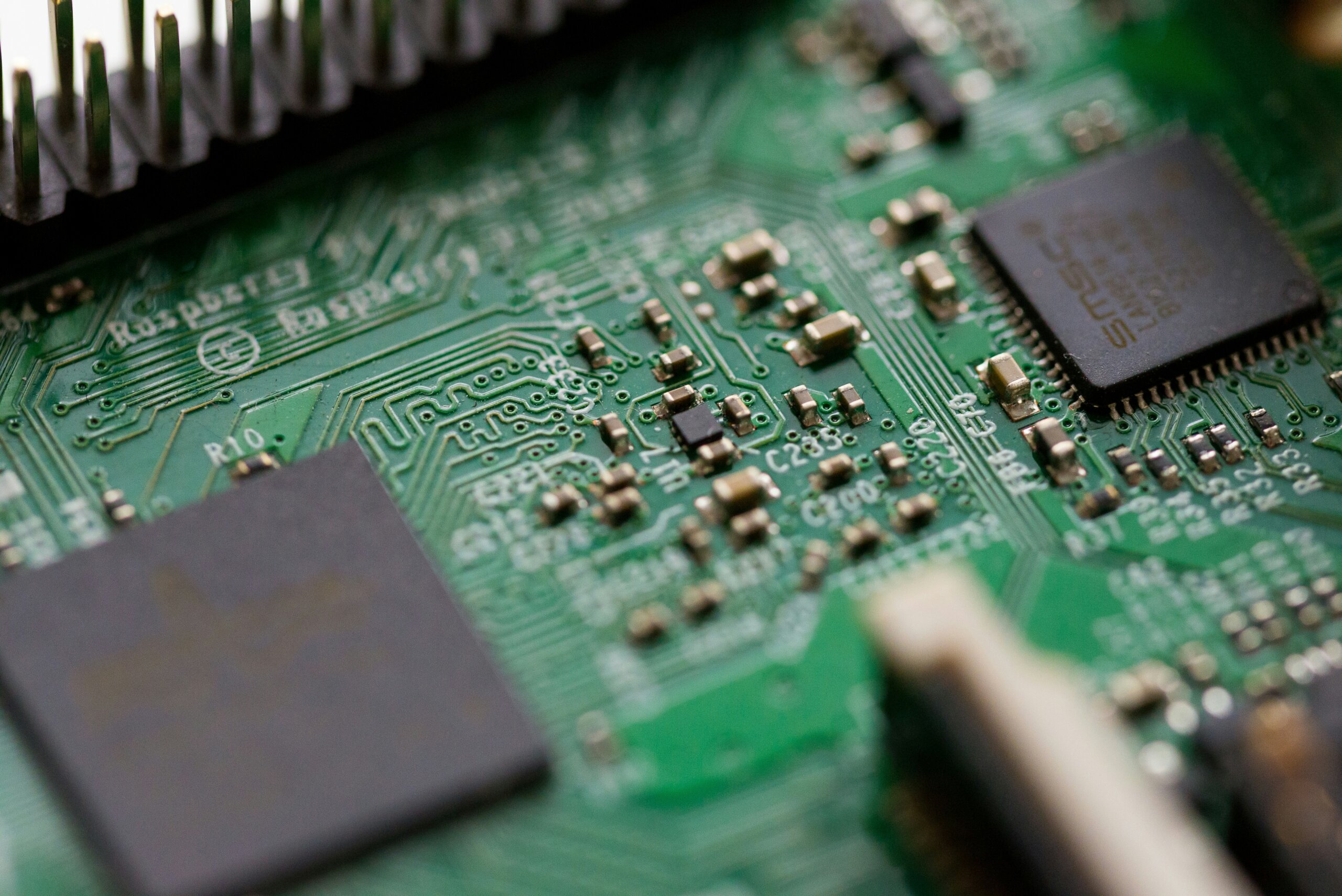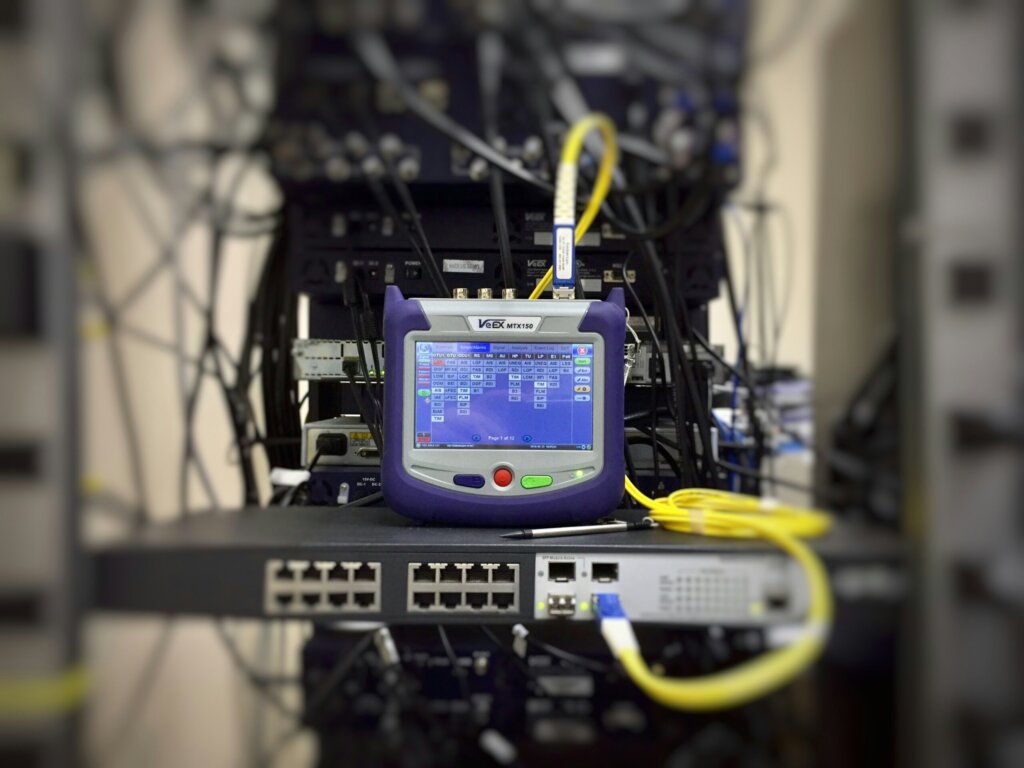
Injection moulded components for the electrical industry
Blog
Injection moulded components for the electrical industry
Authored By: SDI Plastics
The electrical industry’s demands for precision-engineered, high-performance components have skyrocketed. Injection moulding has cemented its position as a cornerstone manufacturing process in this sector, offering unmatched versatility, efficiency, and precision. Whether it’s the robust housing for a circuit breaker or the intricate design of a cable connector, injection moulded components are crucial to ensuring safety, reliability, and performance in electrical applications.
This isn’t just about melting plastic and pouring it into a mould far from it. The science and engineering behind injection moulding have advanced dramatically, allowing for the creation of components that can withstand extreme environments, meet strict regulatory standards, and push the boundaries of what electrical systems can achieve.
Let’s break this down and take a closer look at why injection moulding is so pivotal for the electrical industry and the sheer technological brilliance behind it.
The power of injection moulding in electrical systems
Injection moulding stands out because of its ability to produce parts with extreme precision and consistency, which is non-negotiable in the electrical industry. Here’s why this process is such a game-changer:
Unmatched precision
Components like connectors and insulators often require micrometre-level tolerances to ensure reliable functionality. Injection moulding excels at achieving these exacting standards.
Complex geometries made simple.
Electrical components like switch housings and sensor covers often have intricate designs with undercuts, thin walls, and tight corners. Injection moulding handles these complexities with ease.
Material efficiency
The process is incredibly efficient, with minimal waste generated during production. With advances like hot-runner systems, scrap rates are reduced even further.
Scalability
From small prototype runs to millions of units, injection moulding can scale production effortlessly while maintaining consistent quality.
Advanced materials used in electrical injection moulding products
Material selection is everything in injection moulding for the electrical industry. The chosen material directly impacts the component’s electrical, mechanical, and thermal performance. Let’s unpack the materials that have become industry staples:
1. Polycarbonate (PC)
If you’ve ever seen a transparent yet durable light cover, it’s likely polycarbonate. This material is highly resistant to heat and impact, making it ideal for circuit breaker housings and electrical enclosures.
2. Polyamide (PA or Nylon)
Nylon is an industry workhorse. It has excellent mechanical strength, is resistant to chemicals, and handles high temperatures well. Think of it in cable glands or terminal blocks where durability is critical.
3. Polyphenylene Sulfide (PPS)
PPS is a superstar in high-temperature applications. It’s chemically inert, thermally stable, and offers superb dimensional stability, making it perfect for motor insulation and high-heat connectors.
4. Liquid Silicone Rubber (LSR)
LSR is flexible yet robust, often used in seals, gaskets, and cable jackets. It thrives in demanding environments, maintaining extreme heat, cold, or moisture performance.
5. Thermoplastic Elastomers (TPE)
Need something that combines flexibility with electrical insulation? TPE is your go-to for things like cable coatings and flexible joints.
6. Flame-retardant ABS
ABS is a versatile material for light-duty applications, but the flame-retardant variants are particularly valuable in electrical components where fire resistance is paramount.
Advanced techniques used in injection moulding
Gone are the days of basic injection moulding methods. The electrical industry demands more, and the technology has delivered. Here are some advanced techniques that have revolutionised the field:
Multi-material moulding
Combining two or more materials in a single cycle creates components with distinct functional layers. For instance, a rigid inner layer is needed for strength, and a softer outer layer is needed for insulation.
Gas-assisted moulding
This involves injecting gas into the mould alongside the polymer. The result? Hollow sections that reduce material use while maintaining structural integrity—ideal for lightweight enclosures.
Overmoulding
Overmoulding allows multiple materials to be combined seamlessly. For example, you might see this in connectors where metal pins are over-moulded with insulating polymers.
Micro-injection moulding
With the miniaturisation of electronics, components like micro-connectors and miniature sensors have become vital. Micro-injection moulding provides precision in producing parts no bigger than a grain of rice.
Insert moulding
This technique directly integrates pre-fabricated components, such as metal inserts, into the moulded part. It’s widely used for making hybrid components like grounding terminals.

Applications For injection moulded components
The electrical industry is filled with examples of where injection moulded components shine. Let’s look at a few:
- Enclosures and casings:
Electrical devices need robust, insulating casings to protect internal components from external damage and environmental factors. Injection moulding ensures these enclosures meet IP (Ingress Protection) dust and water resistance ratings.
- Connectors and terminals:
These small but essential components form the backbone of electrical connectivity. Injection moulding ensures they meet tight tolerances, minimising power loss and ensuring safety.
- Switches and buttons:
Everyday items like light switches or appliance buttons rely on injection moulding for durability and aesthetic appeal. Flame-retardant materials ensure safety in case of electrical faults.
- Cable insulation:
Flexible and durable cable jackets made through injection moulding protect wires from wear and tear while providing essential electrical insulation.
- Lighting components:
Reflectors, LED housings, and diffusers are crafted using advanced polymers to optimise light distribution and heat dissipation.
- Renewable energy systems:
Injection moulded parts are critical in renewable energy applications, from solar panel mounts to connectors for wind turbine control systems.
Challenges and solutions in electrical injection moulding
While injection moulding is a highly versatile process, it comes with its own set of challenges, especially in the electrical industry:
Material compatibility
Ensuring the material can withstand high voltages and temperatures without degrading is crucial. Advances in polymer engineering have addressed these concerns, with materials like PPS and LSR leading the way.
Shrinkage and warping
Electrical components often demand tight tolerances. Mould design and cooling optimisation are critical to preventing defects like warping or shrinkage.
Surface finish requirements
Components visible to consumers, such as switches, must have a flawless surface finish. Precision moulds and controlled processing conditions help achieve this.
Environmental regulations
The electrical industry is under increasing scrutiny for sustainability. Using recyclable materials and bio-polymers is becoming a necessity, not just a trend.
The future of injection moulding in the electrical industry
The future of injection moulding in the electrical sector is incredibly exciting, driven by technological advancements and evolving industry needs. Here’s what lies ahead:
- Smart moulding: IoT-enabled moulding machines with real-time monitoring for process optimisation.
- Digital twins: Simulating the moulding process digitally to perfect designs before production.
- Nano-engineered polymers: Materials with even greater strength, insulation, and temperature resistance.
- Automation and AI: Fully automated production lines that use AI to detect defects and improve efficiency.
In conclusion
Injection moulding isn’t just a manufacturing process but a technological marvel underpinning the electrical industry. By enabling the production of high-performance, reliable, and cost-effective components, injection moulding continues to drive innovation and support the demands of modern electrical systems.
From advanced materials to cutting-edge processes, the industry is constantly evolving. With sustainability and precision at the forefront, the electrical industry’s future of injection moulded components is brighter than ever. This is more than just manufacturing—engineering excellence at its finest.
Book your free consultation
Give us a call to book your free consultation for your plastic solutions in Australia, and learn how much value can be added to your business with SDI Plastics by your side.